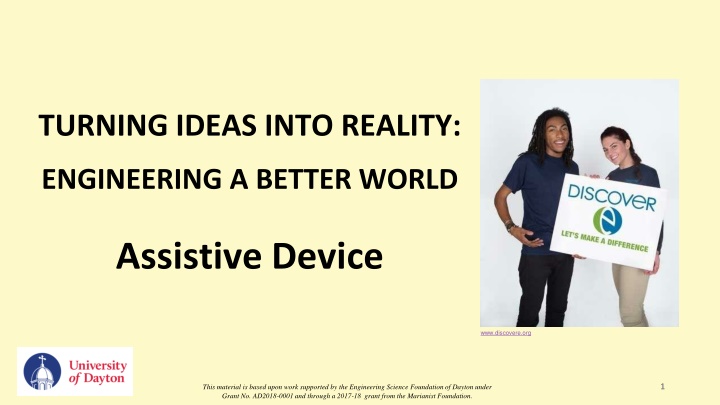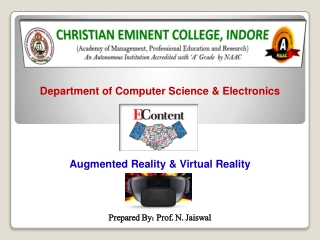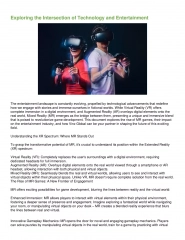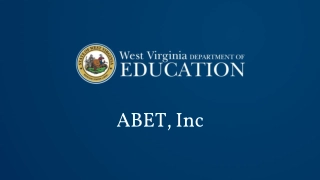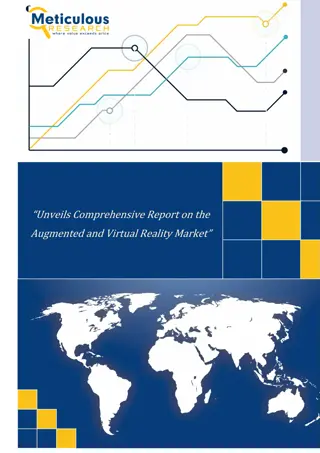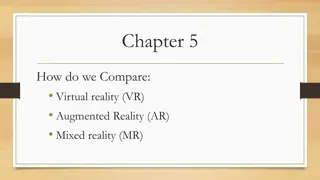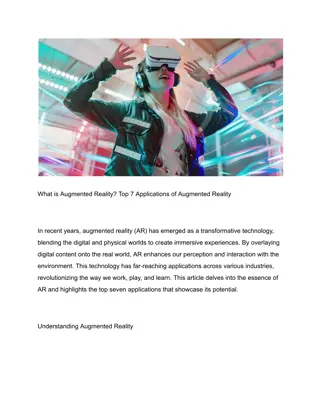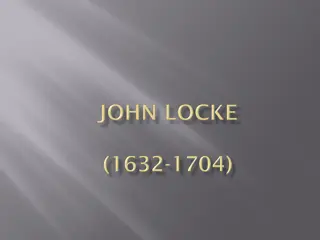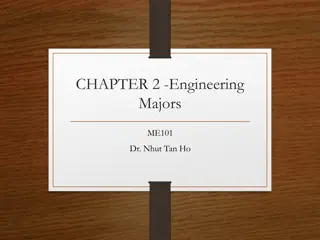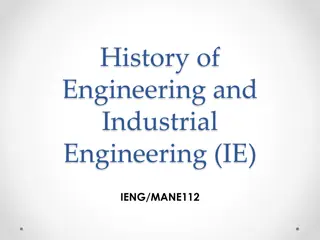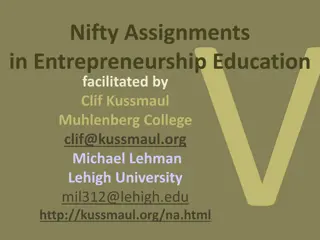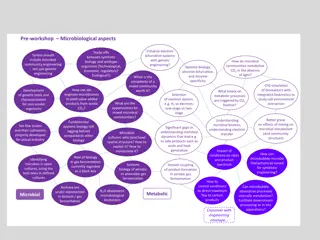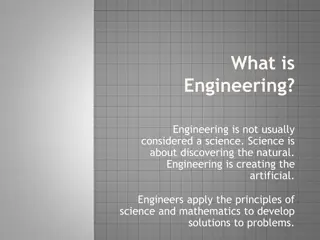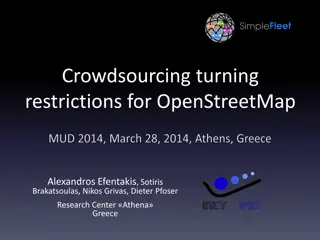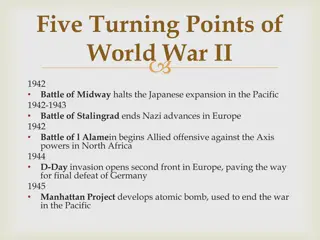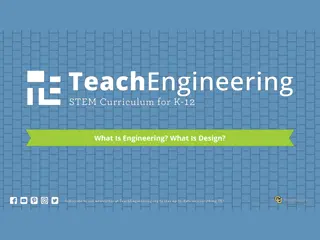Engineering a Better World: Turning Ideas into Reality
"Assistive devices play a crucial role in transforming ideas into tangible solutions for creating a better world. This material is a result of work supported by the Engineering Science Foundation of Dayton, aimed at enhancing accessibility and improving lives through innovative engineering solutions."
Download Presentation

Please find below an Image/Link to download the presentation.
The content on the website is provided AS IS for your information and personal use only. It may not be sold, licensed, or shared on other websites without obtaining consent from the author.If you encounter any issues during the download, it is possible that the publisher has removed the file from their server.
You are allowed to download the files provided on this website for personal or commercial use, subject to the condition that they are used lawfully. All files are the property of their respective owners.
The content on the website is provided AS IS for your information and personal use only. It may not be sold, licensed, or shared on other websites without obtaining consent from the author.
E N D
Presentation Transcript
TURNING IDEAS INTO REALITY: ENGINEERING A BETTER WORLD Assistive Device www.discovere.org 1/19/15 1/19/15 1 1 This material is based upon work supported by the Engineering Science Foundation of Dayton under Grant No. AD2018-0001 and through a 2017-18 grant from the Marianist Foundation.
What does an engineer do? Solve problems and shape the future! Create and design new things essential to health, happiness and safety: Chemical things food, medicine, shampoo, fuels Building things bridges, skyscrapers, roads Technology things iPods, Cameras, electronic gadgets Fun things toys, roller coasters, sporting goods... Important things water systems, medical devices and tools Much, much more .the list is endless images.businessweek.com www.wistatefair.com www.gettyimages.com 1/19/15 2 This material is based upon work supported by the Engineering Science Foundation of Dayton under Grant No. AD2018-0001 and through a 2017-18 grant from the Marianist Foundation.
How do engineers do this? Help others by solving all sorts of problems. Use one of their most important tools: their own creativity. Work in design teams. Use cool tools such as computers, microscopes, testing machines, etc. Communicate with lots of people about problems they need solved. Share ideas and solutions with others through presentations and/or writing. www.engineeringmessages.org 1/19/15 3 This material is based upon work supported by the Engineering Science Foundation of Dayton under Grant No. AD2018-0001 and through a 2017-18 grant from the Marianist Foundation.
Engineering a Better World Engineers Change Lives! Watch engineers design an assistive device to improve a life: https://www.youtube.com/watch?v=cSSgndQ5mVs 1/19/15 4 This material is based upon work supported by the Engineering Science Foundation of Dayton under Grant No. AD2018-0001 and through a 2017-18 grant from the Marianist Foundation.
Engineering Design Problem You have a friend with limited hand and wrist muscle control, making the simple daily task of putting on socks difficult. You know there has to be a way to help your friend solve this problem. You begin thinking about and researching the process of putting on a sock and record the following facts. To complete any task, muscles must have potential (waiting) energy that is transformed (changed) into kinetic (moving) energy. When putting a sock on, muscles pick up and lift the sock, giving it gravitational potential energy waiting to transform into kinetic energy and fall to the ground. When putting a sock on, muscles stretch the sock, giving it elastic potential energy waiting to transform into kinetic energy and move close to the body. The problem must be that your friend s muscles do not have enough energy to control the gravitational potential energy and elastic potential energy in the sock. 1/19/15 5 This material is based upon work supported by the Engineering Science Foundation of Dayton under Grant No. AD2018-0001 and through a 2017-18 grant from the Marianist Foundation.
Engineering Design Challenge Today you are a mechanical engineer You will design, build, and test an assistive device! Pulling on a sock is difficult for people with limited hand and wrist muscle control. It is a struggle for their muscles to overcome the sock s elastic potential energy when stretched, and its gravitational potential energy when lifted. Now that you know the cause of the problem, you decide to take on the challenge of designing a solution! Your challenge is to use only the materials available to design and build a device prototype that can help people pull on their socks independently. 1/19/15 6 This material is based upon work supported by the Engineering Science Foundation of Dayton under Grant No. AD2018-0001 and through a 2017-18 grant from the Marianist Foundation.
Design Goals Device must help someone pull on a sock Only provided materials can be used Device cannot be attached to sock Have fun!! 1/19/15 7 This material is based upon work supported by the Engineering Science Foundation of Dayton under Grant No. AD2018-0001 and through a 2017-18 grant from the Marianist Foundation.
Materials 3 2 2 3 2 ft 4 in 2 1 4 6 1/19/15 8 This material is based upon work supported by the Engineering Science Foundation of Dayton under Grant No. AD2018-0001 and through a 2017-18 grant from the Marianist Foundation.
Design Testing Attach your device to the sock. Use your device to pull the sock onto provided foot. Use your device to take the sock off of provided foot. 1/19/15 9 This material is based upon work supported by the Engineering Science Foundation of Dayton under Grant No. AD2018-0001 and through a 2017-18 grant from the Marianist Foundation.
Engineering Design Process ASK: What is the problem? How have others approached it? What are your constraints? IMAGINE: What are some solutions? Brainstorm ideas. Choose the best one. PLAN: Draw a diagram. Make lists of materials you will need. CREATE: Follow your plan and create something. Test it out! IMPROVE: What works? What doesn't? What could work better? Modify your designs to make it better. Test it out! www.teachengineering.org 1/19/15 10 This material is based upon work supported by the Engineering Science Foundation of Dayton under Grant No. AD2018-0001 and through a 2017-18 grant from the Marianist Foundation.
Engineering Design Process Imagine (10 min.) INDIVIDUALLY: observe available materials, and brainstorm design ideas (5 min.) TEAM: share individual ideas (5 min.) Plan (5 min.) Choose and sketch a team design plan Create (10 min.) Gather materials Construct your team design plan Improve and Test (10 min.) 1/19/15 11 This material is based upon work supported by the Engineering Science Foundation of Dayton under Grant No. AD2018-0001 and through a 2017-18 grant from the Marianist Foundation.
Design Reflection What went well? Not so well? Why? What aspects of other team designs stood out to you? Did other designs give you ideas for ways to improve your design? How challenging was it to pull the sock onto the foot? Would it be more or less challenging to pull the sock onto your own foot? How did your device help overcome the sock s elastic potential energy when it was stretched? How did your device help overcome the sock and its gravitational potential energy when it was lifted? 1/19/15 12 This material is based upon work supported by the Engineering Science Foundation of Dayton under Grant No. AD2018-0001 and through a 2017-18 grant from the Marianist Foundation.
Wrap Up What ideas do you have for engineering a better world? How can you turn ideas into reality? 1/19/15 13 This material is based upon work supported by the Engineering Science Foundation of Dayton under Grant No. AD2018-0001 and through a 2017-18 grant from the Marianist Foundation.
This material is based upon work supported by: the National Science Foundation under Grant No. EEC 1009607 EiF grant 14.06 Engineering Science Foundation of Dayton under Grant No. AD2018-0001 2017-18 grant from the Marianist Foundation. - - - - References: Ohio's new learning standards. Ohio department of education. 08 Aug 2014. Retrieved from: http://education.ohio.gov/Topics/Ohio-s-New- Learning-Standards/Ohios-New-Learning-Standards. www.discovere.org 1/19/15 14 This material is based upon work supported by the Engineering Science Foundation of Dayton under Grant No. AD2018-0001 and through a 2017-18 grant from the Marianist Foundation.
